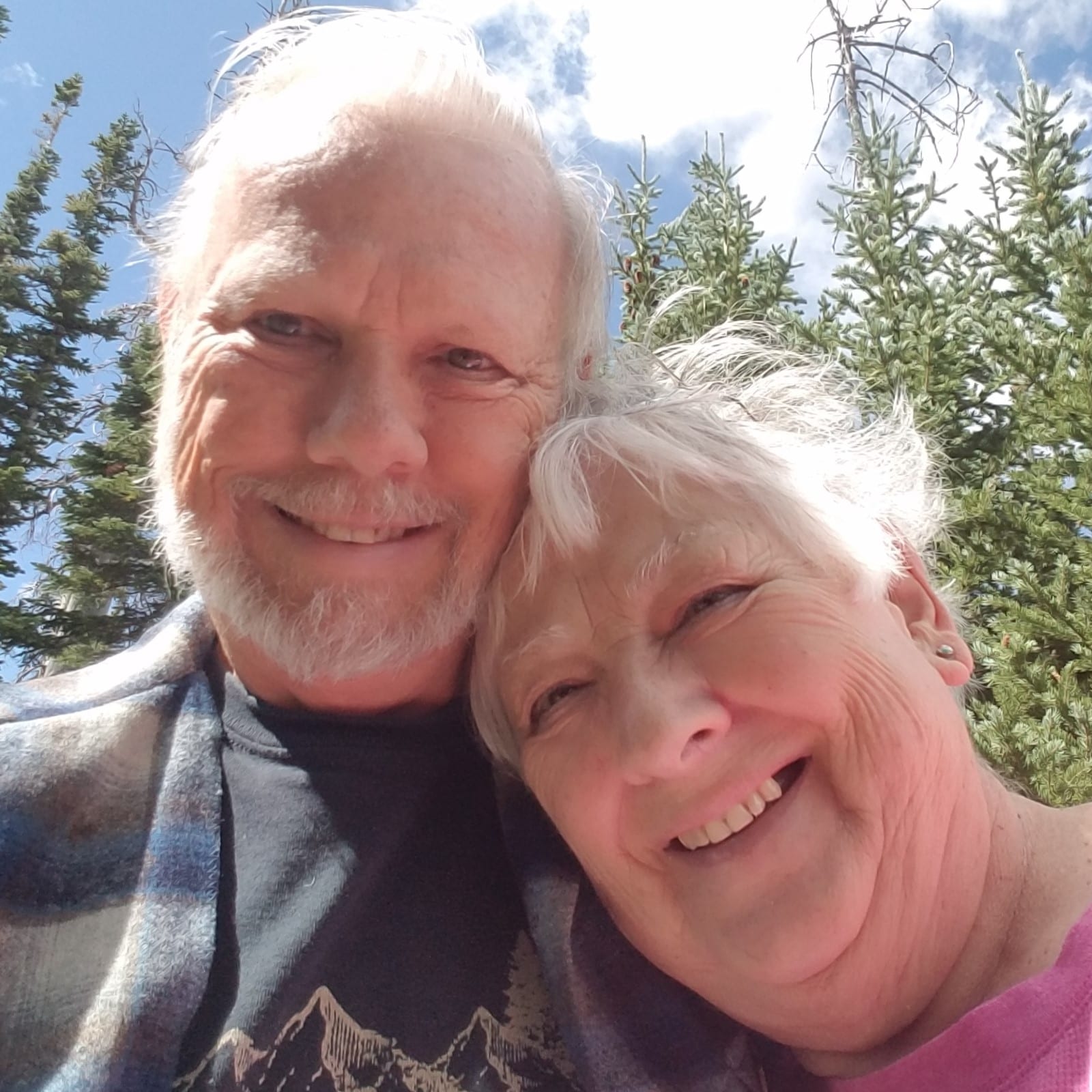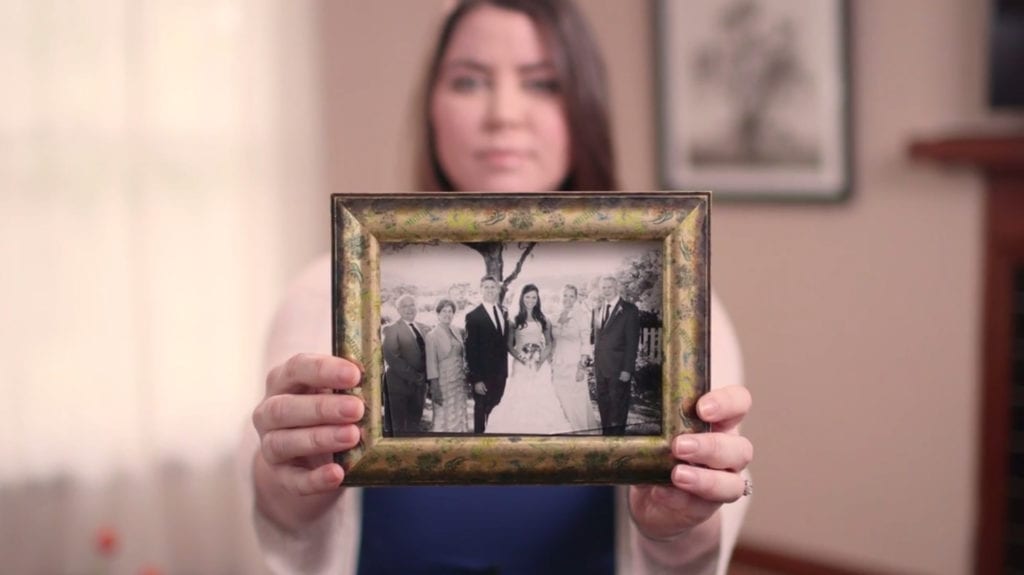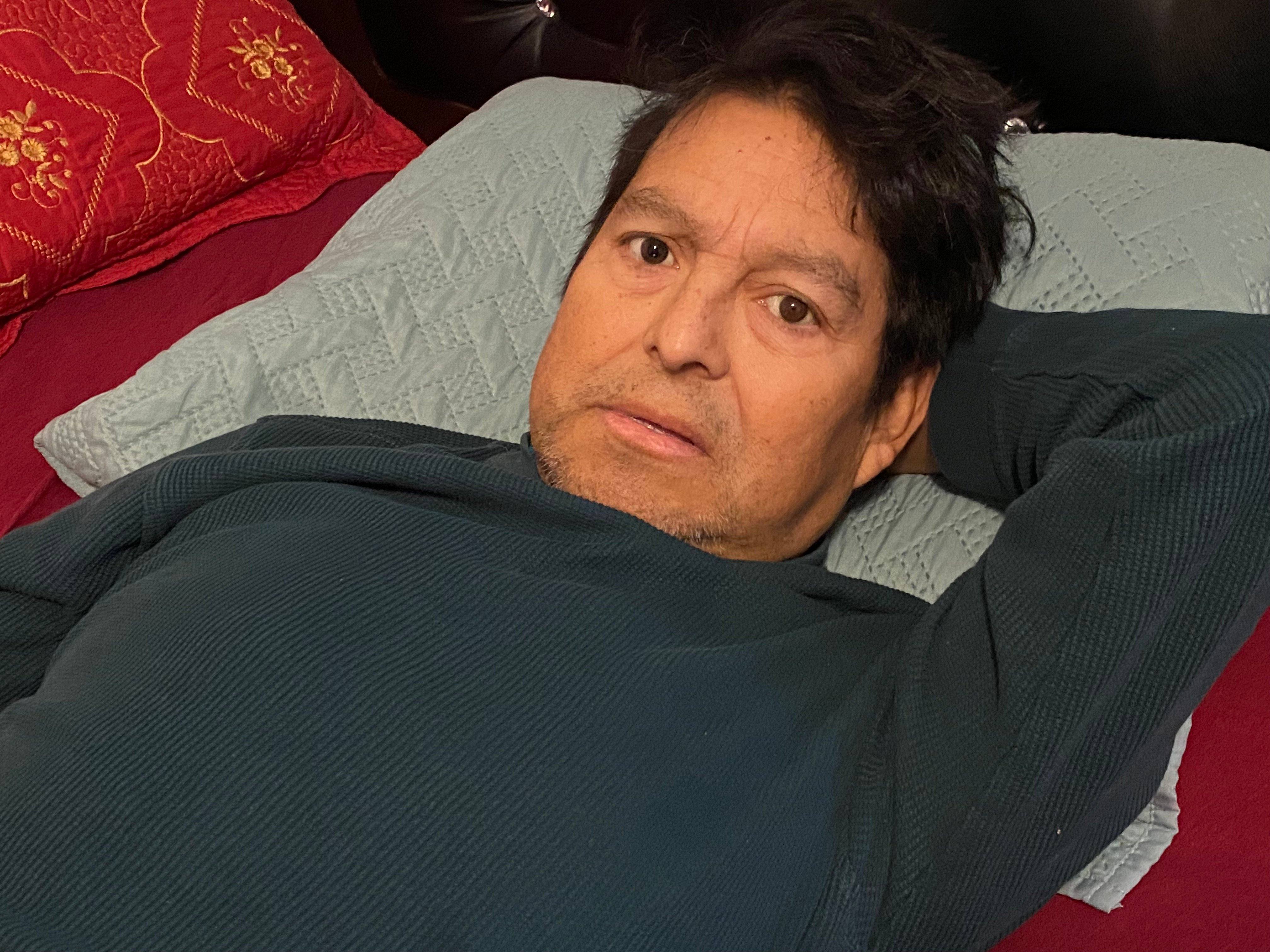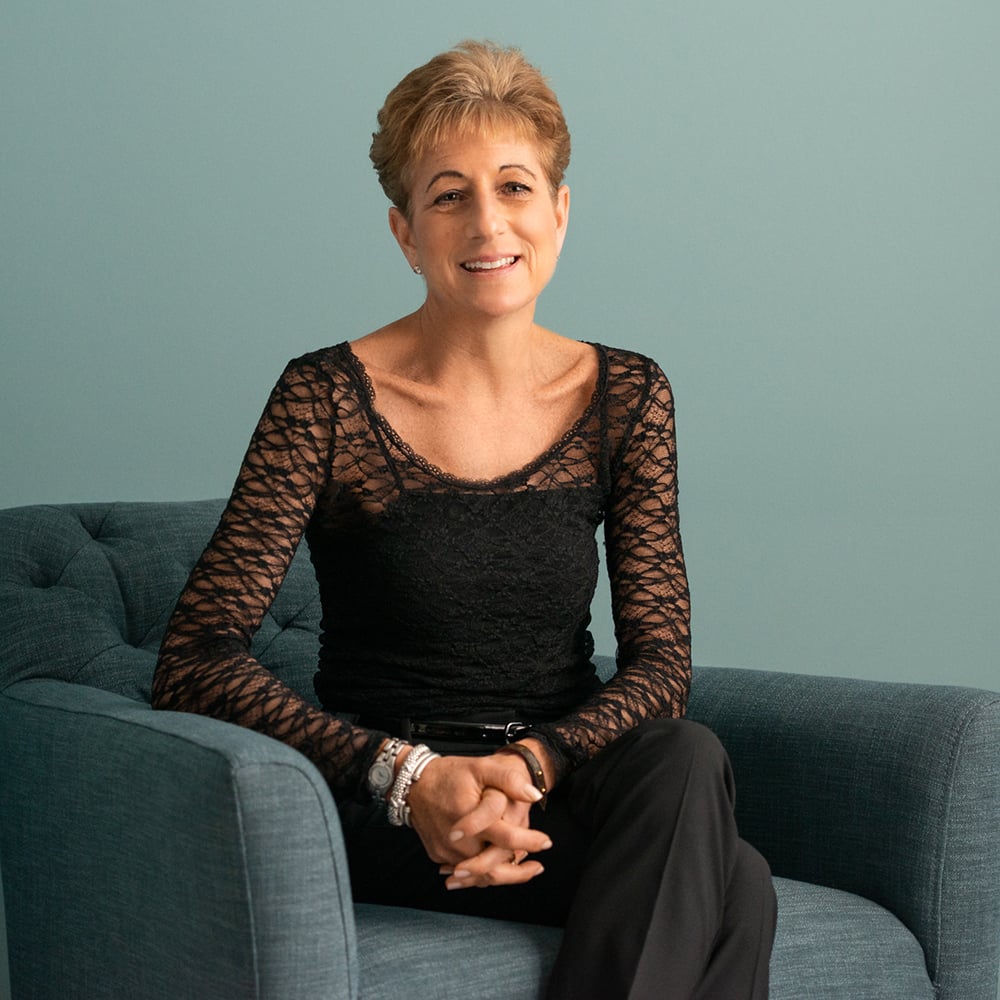Steph shared her story in April of 2020.
I have volunteered with Compassion & Choices for quite some time. When I first started volunteering, my husband, Richard Gillock, and I had discussed our desire to utilize medical aid in dying if either of us ever became terminally ill. A couple of years later, when Richard was diagnosed with cancer, he immediately knew that was the way he wanted to go. That theoretical conversation provided some emotional ease in the personal decision.
At the beginning of 2018, Richard was diagnosed with stage 4 prostate cancer. His options for treatment were limited since his cancer had already metastasized to his bones. Although his cancer could not be cured, Richard tried three different medications to extend his life—none of which worked. His medical team then offered him the option of surgery, but the risks were high and the likelihood of benefit was low. Richard was focused on living his life as best he could and didn’t want to exchange his quality of life for more time. He greatly valued his independence and he knew having surgery meant he would likely not be able to do the things he most loved—hiking, camping, and going to the theater and concerts.
Although Richard hadn’t yet received a prognosis of six months or less to live, he was clear in his desire to access California’s End of Life Option Act and I was concerned that we wouldn’t be able to find a doctor to prescribe when the time was appropriate. We knew Richard’s primary care physician was not an option because the hospital, with which she was affiliated, had an unsupportive policy and we did not want to put her on the spot.
We sought to be proactive and a friend of mine gave us information about a private practice physician who might be able to help. We met with that doctor in October 2019 and we understood that if we couldn’t find a physician who would prescribe, he would step in. Knowing that made an enormous difference. The anxiety of finding a doctor is incredible.
As a last attempt to extend his life, Richard tried chemotherapy. After two rounds, however, his blood count was so low that he couldn’t continue. It’s at that point (February 2020) that he enrolled in hospice.
We looked at Valley Oaks Hospice’s website and were pleased that they very clearly and publicly declared their support for medical aid in dying by devoting a section on their homepage to information about aid in dying. We reached out, expressed our interest in Richard utilizing medical aid in dying and scheduled a consultation. They assured us that we would have all the support necessary to access the law—they had the two necessary supportive physicians and nurses available to be present at the time of ingestion.
The following week, Richard started the request process with the medical director of Valley Oaks Hospice. Neither I nor Richard thought getting through the 15-day waiting period would be a big deal, but Richard’s health declined rapidly and the time period became a major concern. He was in huge amounts of pain and we were getting to the point where the pain meds he was getting just weren’t enough, and if they increased the opioid prescription, that would affect his mental clarity. I worried: Would he be able to maintain mental capacity? Would he be able to self ingest the medication once we finalized the process?
There was nothing that could be done. We started the process as early as we could, as soon as Richard received his prognosis of six months or less. In the last week of his life, Richard kept saying, “I just want to die. When are the meds coming?” It was really hard and heartbreaking that we couldn’t move through the process more quickly.
Richard, fortunately, maintained his mental capacity and saw his doctor for the final appointment. We talked to the pharmacy that Friday and explained that Richard planned to take his aid-in-dying prescription the following Wednesday. They promised the medications would arrive at least a day prior.
Our plans changed at the last minute when, over the weekend, Richard fell and was in unbelievable pain. On Monday morning when his prescription arrived, I immediately called the hospice to ask them to come that day so that Richard could take his prescription two days earlier than planned. I then called our friends to join to lend their support and say their goodbyes.
With friends outside of the room, the hospice nurse at one side and me on the other holding Richard’s hand, he took his medication. His death was very peaceful. There was no struggle. It went remarkably well and all of the support from hospice and our friends was amazing. I feel incredibly fortunate that we had such a supportive hospice. There was nothing that we needed that they didn’t provide.
Medical aid in dying provided the relief from the incredible pain Richard was in. It was clearly what he wanted. We had always known this is what we were going to do. Having the intellectual decision behind us helped with how hard everything was.
Although the intellectual concept of aid in dying is very different from the emotional experience, having conversations about end-of-life wishes early made it easier to carry out those decisions.
I recommend people start the process as early as possible. You have to be proactive in finding a doctor willing to prescribe. When the time comes, you’re so stressed out that you really don’t want to spend your limited time and energy trying to find someone. And, you honestly don’t know going into this when you will want to take it. If you’re well for months, great, but at least have the prescription in hand so that you have it when you need it.






